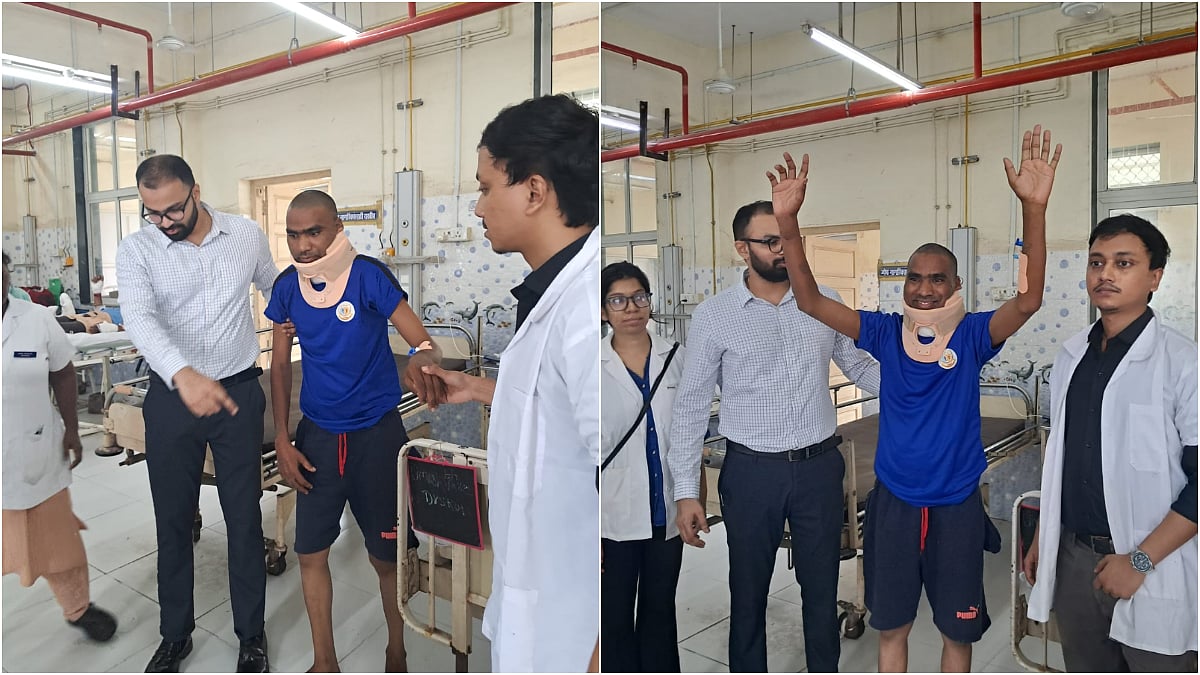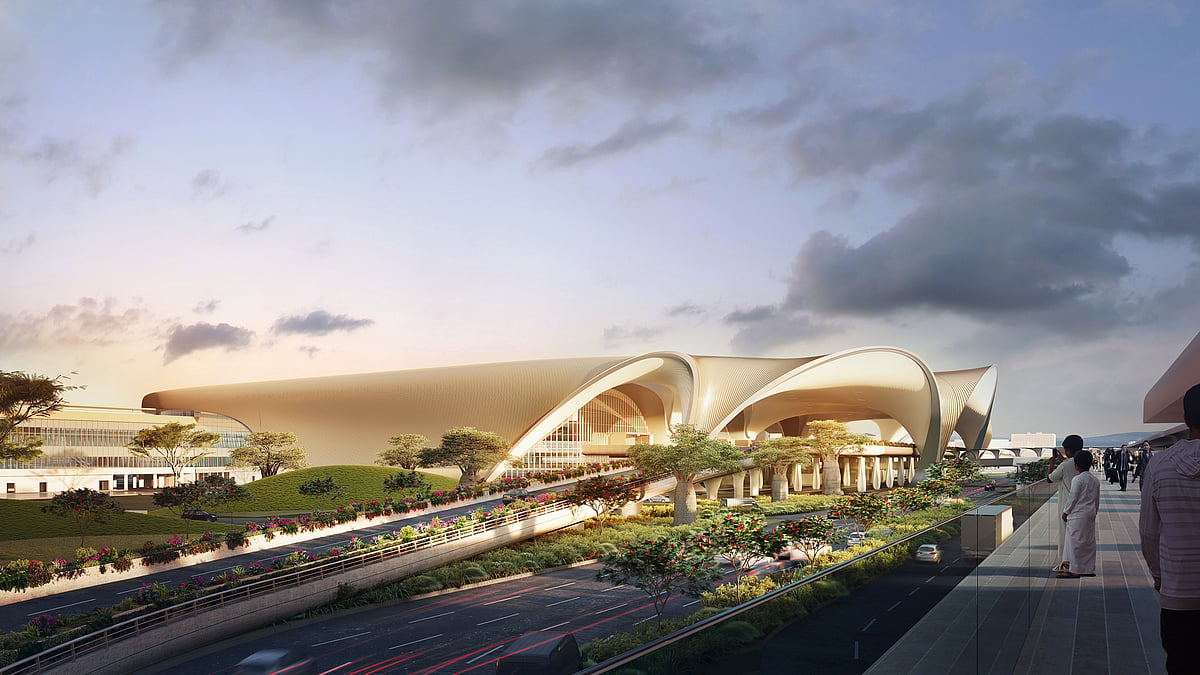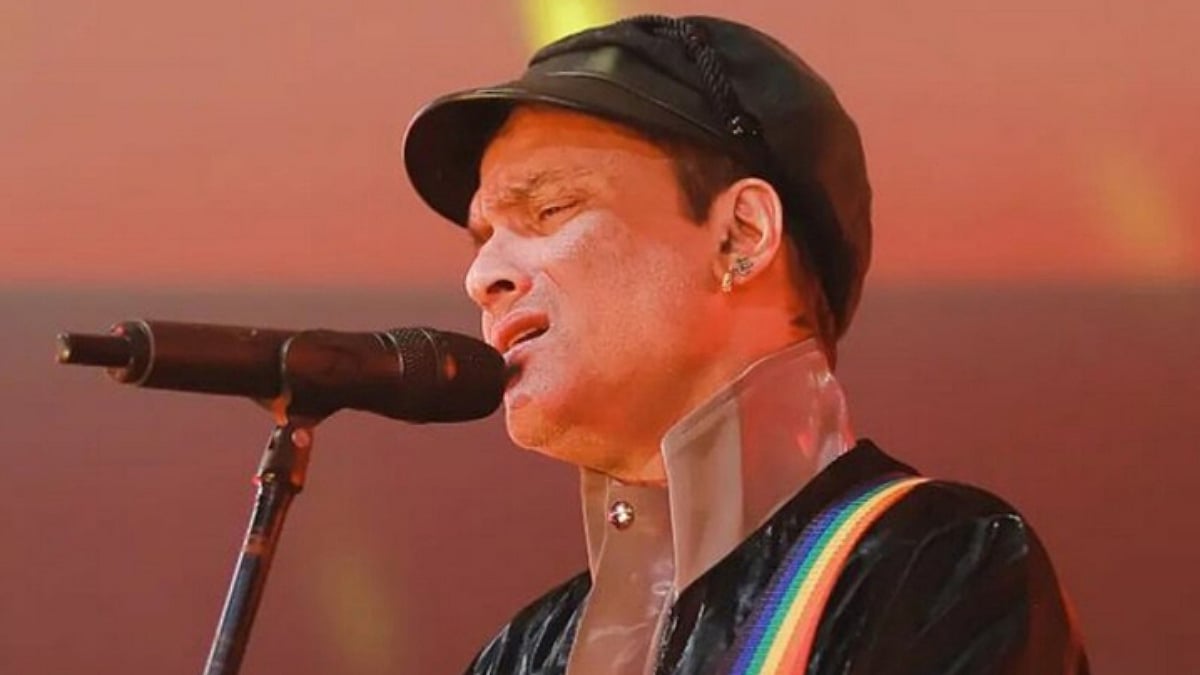The recent estimate by the World Bank says that the number of people in India living in extreme poverty declined from 344 million in 2011-12 to 75 million in 2022-23. That is 269 million people crossing the threshold of extreme poverty over eleven years. That is quite impressive and laudable.
Extreme poverty has a technical definition in terms of the purchasing power-adjusted poverty line updated to 2021. It is now at 3 dollars per day. This update was necessitated for mythological consistency, a closer connection with another related concept of poverty called the Multi-dimensional Poverty Index (MPI) and also to take cognisance of India’s own improvement in the accuracy of collecting consumption data through an upgraded survey. (More about MPI as calculated by Niti Aayog later).
In non-technical terms, the World Bank’s extreme poverty means individuals have such a low income that it cannot even meet their basic needs of food, clean water, shelter and basic healthcare.
The manifestation of such a low income is chronic hunger or undernourishment, lack of access to sanitation and no access to basic primary education or primary healthcare. In an extreme form it also means the prevalence of starvation deaths. By these rather grim benchmarks, India’s extreme poverty rate now stands at 5.3 per cent of the population.
As an aside, one should note that since India has not had a population census since 2011, the exact number on the population or the denominator of the poverty ratio is unavailable. But one can make reasonable estimates. The world has around 838 million living in extreme poverty, of which India’s 75 million make up 9 per cent.
Given that India’s share of the global population is twice that number, it is comforting to know that in tackling extreme poverty, India is ahead of global averages. But in absolute numbers, India is only second to Nigeria in the number of people living in extreme poverty. That is unsurprising given India’s population. But remember that China’s ratio is close to zero per cent, and the Chinese declared that extreme poverty was eliminated in 2020 itself.
The United Nations announced Sustainable Development Goals in 2015, of which the very first goal was the elimination of extreme poverty by 2030. We, thus, have five years left to ensure we reach close to zero per cent of people below extreme poverty as per the SDG. Note that the poverty line used to measure extreme poverty has shifted to 3 dollars from the earlier 2.15 dollars used in 2017-18.
As per that lower threshold, India has only 33.7 million people living under extreme poverty as of 2023. But the higher line of 3 dollars is more appropriate, as it is derived from median poverty lines of all low-income countries, making international comparison more valid. It also takes into account national survey data and methodology.
A more comprehensive measure is the MPI developed jointly by the UNDP and Oxford University’s Poverty & Human Development Initiative (OPHI). It uses ten metrics covering health, education and living standards. They include specific indicators such as child mortality, cooking fuel used, access to sanitation, drinking water, etc.
The Niti Aayog uses 12 indicators instead of 10 to measure MPI, adding maternal health and access to a bank account. As per the Niti Aayog’s research, India’s MPI dropped from 29 per cent in 2013-14 to 11.3 per cent in 2022-23. According to this analysis (and with the caveat of an unavailable census number), nearly 248 million people escaped MPI poverty.
As per the MPI computed by the UNDP with ten indicators, and which is used for international comparisons, India’s MPI poverty rate during 2019-21 was 15 per cent, almost 4 per cent higher than that computed by the Niti Aayog. Since the comprehensive consumption survey data is missing for 2017-18, it is not possible to resolve this discrepancy.
India’s global rank as per the UNDP MPI headcount ratio in 2021-22 was 66 out of 109 countries. The World Bank has not released a consistent global ranking for its latest data on extreme poverty. The higher MPI shown by the UNDP as against the Niti Aayog’s numbers for the MPI poverty rate led to a controversy.
The use of additional indicators, such as electricity or bank accounts, which are nearing universal access, skews the index and makes it look more optimistic. On the other hand, corroboration from intensive surveys, such as the National Family Health Surveys, has shown deterioration in indicators such as anaemia and malnutrition, which surely affect the MPI.
But let us go beyond the numbers and controversies, some of which could seem like nitpicking. Clearly, high economic growth is leading to the betterment of lives for all people. The World Bank notes that two thirds of all the people living in extreme poverty came from five states—Uttar Pradesh, Bihar, Madhya Pradesh, West Bengal and Maharashtra.
Clearly, the vast improvement over the next twelve years was due to intensive and successful efforts in these states. The free food grain given to 810 million people for the past five years and extended by another five is surely a big factor in poverty alleviation. So is the effect of universal schemes like health insurance, the drinking water mission and so on.
Going ahead, it must be noted that crossing over to above the poverty line does not mean you cannot fall back. If livelihoods are precarious, then one adverse shock, like an illness or death in the family or a job loss, can push individuals back into poverty. Hence, we need to simultaneously build meaningful and universal social security.
Fiscal resources are limited; the government’s debt cannot balloon; hence, some re-orientation of expenditure is necessary to expand social security. Social security is not the same as populism. However, the only long-term way is to enable large-scale job creation, which can improve livelihoods in a sustained fashion. Job creation implies continuous creation of thousands of small enterprises and also large-scale skilling and training.
All these have to be achieved against new challenges from artificial intelligence, robotics and automation, which are now threatening jobs. From absolute, we will soon need to focus on reducing relative poverty and inequality too, since the spoils of high economic growth cannot be cornered by a small few at the top.
The elimination of extreme poverty in the next five years is a good shot in the arm, but in the journey toward a developed nation, we have much work to do.
Dr Ajit Ranade is a noted Pune-based economist. Syndicate: The Billion Press (email: editor@thebillionpress.org)











